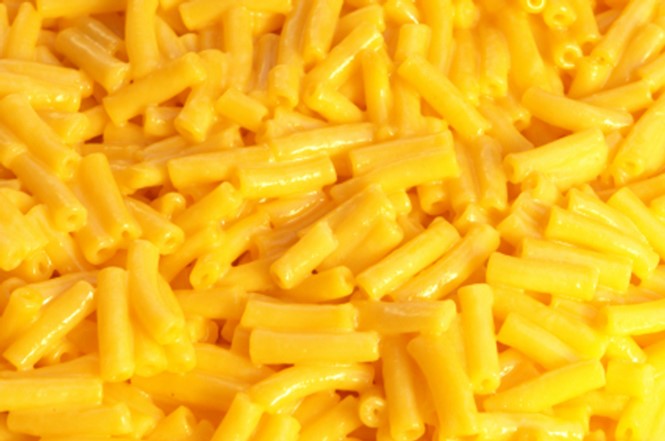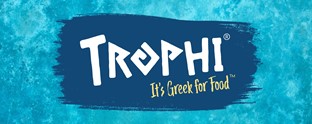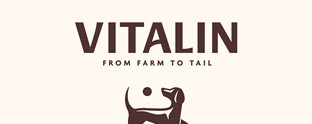The value of brand equity

The acquisition of Kraft Foods by H.J. Heinz, backed by Berkshire Hathaway and 3G Capital, in 2015 was one of the most costly acquisitions ever, and demonstrates the desirability of a strongly-branded business.
Brand equity, or the value of a brand, has long been considered by corporations and consumers alike as imperative in determining the overall monetary value of a good or service. Buyers are inevitably more likely to be persuaded by a brand which is well-known to them, even if it costs more, if it is perceived to be of higher quality than its non-branded counterpart. This was demonstrated on a micro-scale recently by the BBC’s Panorama programme, which found that British supermarket shoppers could save on average £4000 annually, were they to swap branded items for items of a non-branded value.
Since 2004, a stipulation of corporate law has been for all acquired large brands to be valued and reported separately to their purchaser to meet accounting standards. In 2005, Gillette was acquired by Proctor & Gamble for $25.5bn, a record at that time. Brand engagement and value for the male grooming brand has always been high, in part due to the plethora of famous faces who have fronted its advertising campaigns. The likes of David Beckham and Roger Federer have undoubtedly contributed to Gillette’s continued brand popularity.
It seems that in 2015, with Kraft Food acquired at a brand worth of a record $41.3bn, brand value has once again became a main focus of equity investors on the stock market. Kraft Foods was not the only brand to enjoy such a high brand valuation in 2015; Lorillard (Newport cigarettes) was acquired by American Reynolds, declaring a monetary brand value of $27.2bn.
it is clear that both Lorillard and Kraft Foods have set new precedents in brand valuation. The acquisition process must ensure accurate accountancy in order for future investors to benefit from increasing brand equity.


